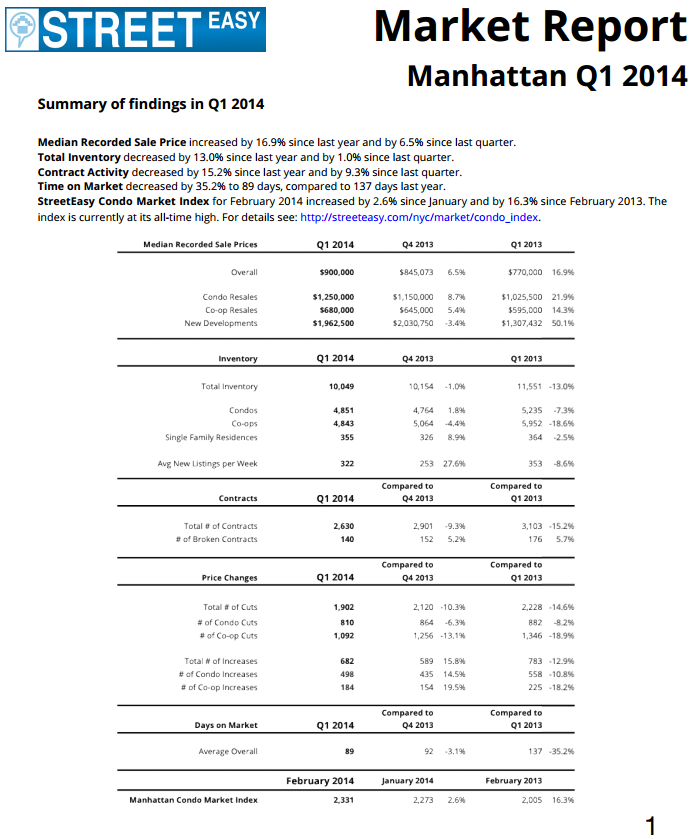Say Hello to High Line at the Rail Yards, the Park's Final Leg
The third and final stretch of the High Line will open to the public tomorrow, marking the end of a 15-year development saga , and availing to pedestrians a seamless 22-block stretch between Gansevoort and 34th streets. Known as High Line at the Rail Yards , the park's final portion stretches from 30th Street and Tenth Avenue, cuts west, and curves north to 34th Street near the West Side Highway. Just one portion of the 1.45-mile-long park , the Tenth Avenue spur, is inaccessible and will remain closed until construction of 10 Hudson Yards is complete in 2015. 10 Hudson Yards is the first tower to rise at the eponymous development. The 52-story Kohn Pedersen Fox-designed building straddles the portion of High Line at the Rail Yards known as the Tenth Avenue spur, where there will be "an extraordinary, sheltered, and vegetated interior room" (spoiler: it looks like a terrarium out of Honey, I Shrunk the Kids ). The sp...

